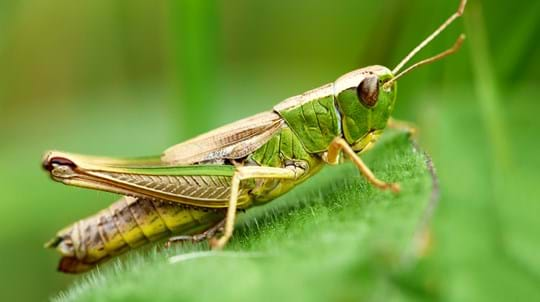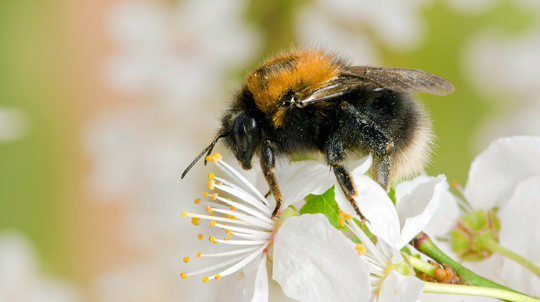
Credit: Alex Hyde / naturepl.com
Signs and spotting tips
Wood ant nests are large and conspicuous, so the species is relatively easy to find. Look out for dome-shaped mounds of grass, twigs, or conifer needles that have been collected by the ants. There may be up to 400,000 individuals in a nest and occasionally, several nests may be interconnected, forming a large colony. We have southern wood ants at our Fingle Woods.






